Iyatralum Eettalum Kaathalum Kaatha
Vaguthalum Valladhu Arasu
– Thirukkural 38:5
Thiruvalluvar, poet from Tamil Nadu, beautifully captured the duties of a king in just a couplet about 2000 years back. It means “A king has to enact laws conducive to creation of wealth, enable his citizens to accumulate wealth for themselves and the State, protect the wealth and distribute it justly.”
In modern policy terms, the first two activities of creating wealth refer broadly to Capitalism, third activity refers to Socialism and last refers to Communism. Thiruvalluvar advocated a fine balance between all the approaches to the governance.
I somewhere read that Narendra Modi had this couplet inscribed in his working space when he was the CM of Gujarat. I also heard him quote this couplet during one of the annual meetings of Thuglaq magazine when he was invited by Cho Ramasamy as the keynote speaker.
Before the advent of Modi as PM, my humble analysis of previous political dispensations broadly fell into the three categories. NDA under Vajpayee veered more towards Capitalism. Congress followed Socialism overtly and even inserted the word Socialism during the absence of lawmakers. Socialism meant maintaining status quo resulting in rich becoming richer and middle class and poor trapped in their respective cocoons. It also saw lethargic growth rate without any serious effort in increasing the lifestyle of Indians. Communists never ruled the country but we saw their disastrous policy where they had ruled for 30 years continuously in West Bengal. Communism always talks about equality. The only they achieve is by making everyone poor as the ideology doesn’t allow everyone to become rich.
Modi is the only person who seems to understand the importance of all four aspects and actually has a roadmap to achieve the goals. He is the only PM to have spent at least a night in more than 80% of the districts in this vast country during his formative years without even having political ambition. Mostly he has stayed in remote regions, often in poor households. Modi doesn’t need surveys or the help of the planning commissions to show him what needs to be done for the poor.
We all know that the wealth of the nation is growing due to growth rate in GDP and there is no fear of major attack in immediate future. So, my focus in this article would be on the last aspect of governance viz. wealth distribution.
In my previous article, Poverty to Prosperity – Modi’s Three Step Formula, I had detailed the important measures taken by Modi for poor Indians who need direct financial assistance in cases they need to come out of abject poverty. In this article, I shall focus on the Modi’s efforts for poor people to enable them to escape the clutches of poverty. Though some of them may sound trivial to us, their impact on the people living on the margins is tremendous.
Swachch Bharat Scheme – The flag ship scheme of Modi Government is Clean India movement. The price for the filth around is paid by the poor far higher than other socio economic segments. The poor loose more children due to simple diseases like diarrhea or malaria or typhoid due to unhygienic environment. Any improvement in cleanliness will drastically reduce contagious diseases. Also it will greatly improve the quality of investments done by poor parents on their children. They shall invest more in their education and skill development than running to hospitals frequently.
Free Gas connection – The immediate impact of the scheme is visible by just looking at the electoral results. 5 crore households covered 8 months ahead of schedule and the target revised to 8 crore households in another couple of years. Though the pitching for the scheme had been emotional, its impact goes far beyond that. In Indian households, the men are providers but the women in central in nurturing the next generation. By saving 6 hours of from the drudgery of cooking, almost double the time is available to guide the next generation.
Toilet Facility – 85% households getting toilet facility has removed the day long stress in the minds of women who waited for darkness to relieve their biological urges. People, irrespective of gender, become cranky when they suppress biological urges for prolonged period and it affects relationships. This simple measure, I’m sure, will result in a better atmosphere conducive for the children to grow up. An additional benefit has been the visible increase in the enrolment of girls after primary schools. This will definitely improve the prospect of the poor families to escape poverty much faster.
Beti Bachao Beti Padhao – Though this deserves a separate article in itself, I will touch up on it briefly here. A slew of measures, be it Free Gas connection or Mudra scheme or Stand Up India, are primarily focused on women as it is the only segment that will give disproportionate returns to Indian society. An attitude ingrained in the minds of Indians to avoid girl children is not easy to change in a short time. But the result from states like Haryana has been encouraging. I shall discuss the root cause of female foeticide and infanticide in a later article in detail.
Electricity – One of the primary requirements for families to shift from meaningless activities to economic activities. The electrification of all villages followed by free electricity connection gives an opportunity for the neglected to participate in growth story.
Mudra Loan – As you can see the above measures have actually put time in the hands of poor like never before. And Mudra loan complements the above measures beautifully by putting small loans in their hands unconditionally, at affordable interest rates, to jump start their economic activity. Instead of waiting for a job to land on their laps, the people are empowered to provide a job for themselves in their area of interest. The empirical evidence is available for all experts in macro economy. Under the Mudra scheme 70% of the loans disbursed and the beneficiaries are mostly women.
Jan Aushadhi – A major drain from the pockets of all families has been the expense on life style diseases like blood pressure, diabetes, etc. Through the sale of generic medicines has cut down the expense by 80% say from Rs. 3000 to Rs. 500 for a single individual suffering from diabetes. It’s a great boon for the poor and lower middleclass families in India.
Direct Benefit Transfer – “A former prime minister of this country has gone on record to say that out of one rupee spent by the government for welfare of the downtrodden, only 15 paise thereof actually reaches those persons for whom it is meant. It cannot be doubted that with UID/Aadhaar much of the malaise in this field can be taken care of,” a bench of justices AK Sikri and Ashok Bhushan said. Modi is the first Prime Minister to actually ensure the poor receive their due, which is their right. A small example would sensitize the issue. Last year, the government spent Rs. 32,000 crores in MGNREGA alone. In previous regime, according to Supreme Court, the people would have received only Rs. 4,800 crores but the faceless middlemen would have taken Rs. 27,200 crores.
Communication Revolution – Last but not the least. The price of 1 GB of data had come crashing down from Rs. 275 to just about Rs. 3 enabling India to reach No. 1 spot in the world in mobile broadband. This has brought enormous impact in the lives of people across India especially the poor. They no longer have to spend huge amounts for entertainment. They can meaningfully participate in democracy by bypassing motivated media by establishment. And their children, who never shy of hard work, can have a meaningful shot and demolish the entry barriers in higher education system, so far the preserve of midlle class and above.
As our Prime Minster fondly says, time is the only limitation to list out all the initiatives done by the government. The significant takeaway of Modi government so far is the dignity with which he has approached the poverty issue. Instead of giving doles, he has identified areas where they really need help and created an enabling environment to help them to get out of poverty. No wonder, the poor are increasingly showing their love as the best gift they received from Modi is a life of dignity and not charity.
I shall conclude here for now and focus on what Modi has done for Middle Class people in the next part.
Suresh Lal (the author has worked in energy, IT and banking sectors and retired at 35 from corporate life to pursue his goals)
The author can be followed in his Twitter id @sureshlal

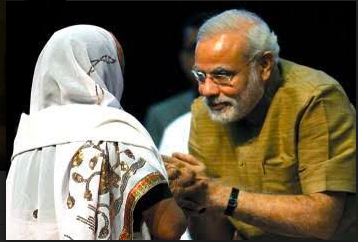










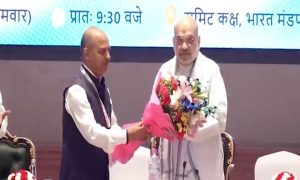

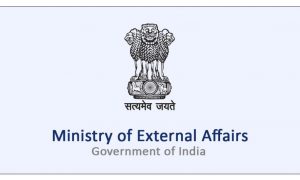

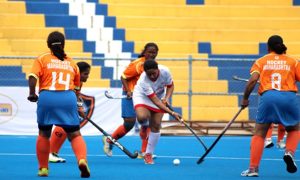

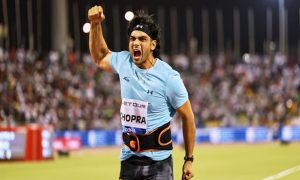

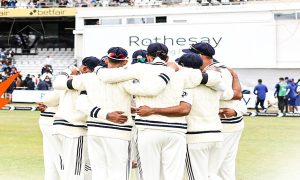

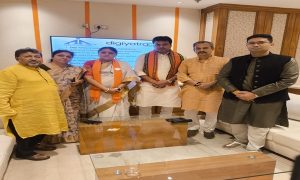





 WhatsApp us
WhatsApp us